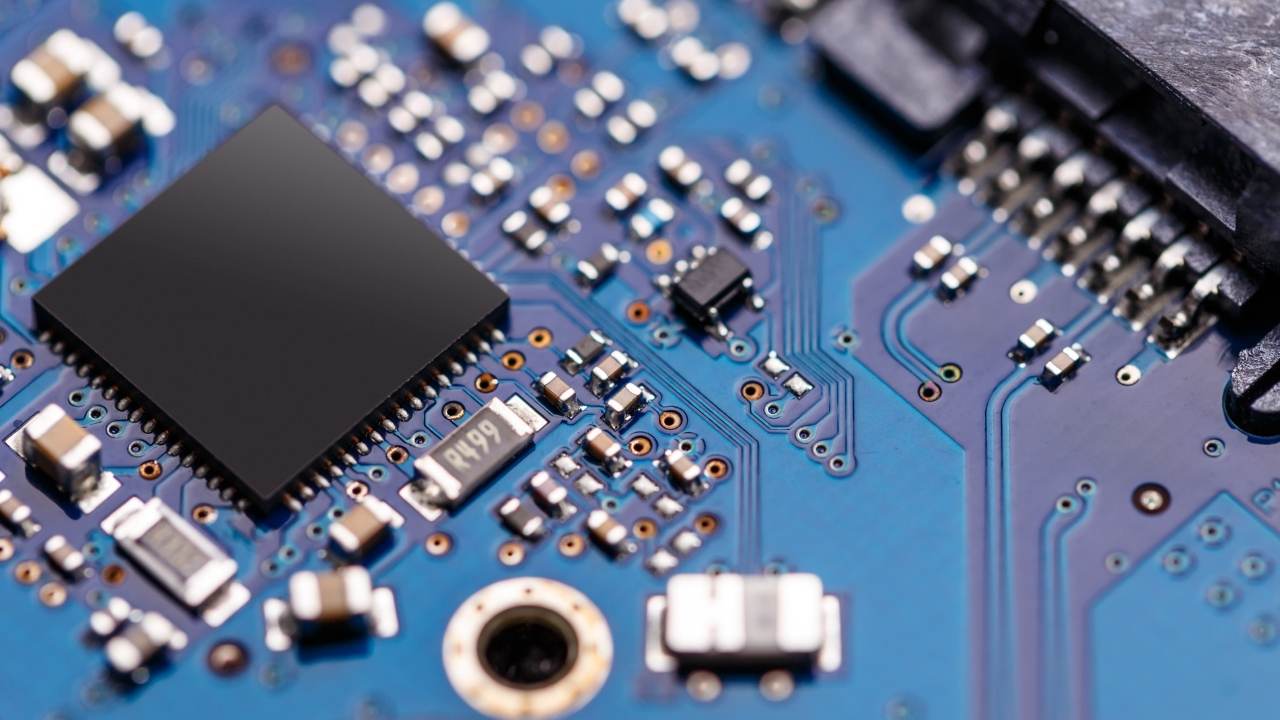Outlook on the Semiconductor Manufacturing Equipment Global Market to 2026 - Impact Analysis of COVID-19
#Semiconductor #ESG #Covid19

October 2021: The global semiconductor manufacturing equipment market reached a value of US$ 59.6 Billion in 2020. Looking forward, the market is expected to grow at a CAGR of 9.6% during 2021-2026. Keeping in mind the uncertainties of COVID-19, the analyst is continuously tracking and evaluating the direct as well as the indirect influence of the pandemic on different end use industries. These insights are included in the report as a major market contributor.
Semiconductor manufacturing equipment refers to the processing machinery used to produce a variety of electronic and integrated circuits (ICs). Front-end and back-end are two of the most commonly used semiconductor manufacturing equipment. Front-end includes silicon-wafer fabrication, photolithography, deposition, etching, ion implantation and mechanical polishing machines, and back-end includes the machinery for assembly, packaging and testing of integrated circuits. These machines offer various benefits, such as streamlined production, improved yield and reliability, minimal design and manufacturing errors and enhanced workplace safety. As a result, they find extensive applications in the manufacturing of products for various industries such as automotive, electronics, robotics, etc.
Significant growth in the electronics industry across the globe represents one of the key factors creating a positive outlook for the market. Semiconductors are widely used in the manufacturing of consumer electronics, such as smartphones, tablets and laptops. Furthermore, the increasing demand for hybrid and electronic vehicles (H/EVs) is also contributing to the growth of the market. Semiconductor manufacturing equipment is used for the assembly of multiple semiconductors on a single chip to minimize electronic interference, dissipate heat and provide enhanced protection to the electronic devices in the vehicle.
Various technological advancements, such as the utilization of artificial intelligence (AI) solutions and the integration of connected devices with the Internet of Things (IoT), are acting as other growth-inducing factors. Electronics manufacturers are using IoT-enabled silicon-based sensors in the manufacturing equipment that offer remote monitoring capabilities for complex circuit boards. Other factors, including the emerging trend of device miniaturization, along with extensive research and development (R&D) activities, are anticipated to drive the market further.
NEWSLETTER
TRENDING ON PRO MFG
MORE FROM THE SECTION









